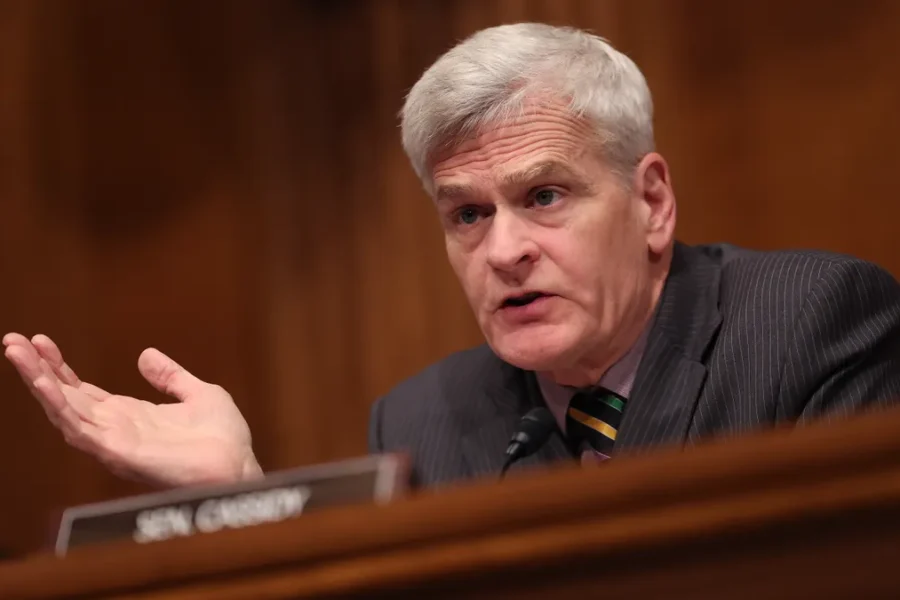On January 31st, Minnesota became the first state since the Dobbs decision of June 2022 to enact new statutory protections for unrestricted abortion on demand throughout pregnancy. The bill was signed by Democratic-Farmer-Labor (DFL) Governor Tim Walz. The November 2022 elections made the bill possible by electing a DFL trifecta—Governor, House, and Senate.
The bill, H.F. No. 1, codified as Minn. Stat. 145.409, was introduced at the start of the new year and quickly pushed through the legislature. It passed the state senate by one vote, 34-33, with the senators voting along party lines. It went into effect on February 1.
Rhetorically, the sponsors folded abortion into a bill that purported to protect “preventing pregnancy,” “managing pregnancy loss,” and “improving maternal health and birth outcomes,” all enveloped within a “fundamental right” and euphemistically entitled the “Protect Reproductive Options Act.” It will be interesting to see how the courts interpret these clauses.
Of course, virtually everything else in the bill is already protected under Minnesota law, but the bill suggests that the other “options” were unprotected.
What Does the New MN Abortion Law Actually Do?
What does the law actually do? It declares a “fundamental right” to abortion as a matter of statute. But the Minnesota Supreme Court already declared a state constitutional right to abortion under the Minnesota Constitution in Women of the State of Minnesota v. Gomez (1995) when it struck down a limit on public funding for abortion.
Perhaps recognizing the limits of its declaratory nature, another bill is reportedly in the works that would expressly repeal existing legal protections for life.
The extreme nature of the bill was demonstrated when “dozens” of amendments were reportedly proposed by Republicans and subsequently defeated, including amendments to allow abortion clinic licensing and gestational limits on abortion.
Legislatures can neither change constitutions nor create or delete constitutional rights, so what does this new law do thatthe Gomez decision didn’t? As scholar Paul Benjamin Linton recorded, Gomez left “little doubt that the Minnesota Legislature could not prohibit any abortion before viability, or any abortion after viability that would be necessary to preserve the life or health of the pregnant woman. . . The state supreme court’s adoption of the ‘strict scrutiny’ standard of judicial review for abortion regulations would seem to place other state regulations of abortion in jeopardy.”
Section 3 declares that there is “a fundamental right to make autonomous decisions about the individual’s own reproductive health, including the fundamental right to use or refuse reproductive health care.” It also asserts that there is a “fundamental right to continue the pregnancy and give birth, or obtain an abortion, and to make autonomous decisions about how to exercise this fundamental right.” The new statute does not expressly repeal any of Minnesota’s pro-life laws.
Section 4 is also declaratory in repeating what the Minnesota Supreme Court had already held in Gomez.
Section 5 aims to override and silence public opinion outside the Capitol by prohibiting any local government from enacting protection for human life that is more restrictive than the statute. The new statute is subject to repeal or amendment by a future governor and legislature, though an overruling of the Gomez decision would require a change in the Court’s personnel. Here’s hoping that both developments are in Minnesota’s future, for the sake of its women and infants.




